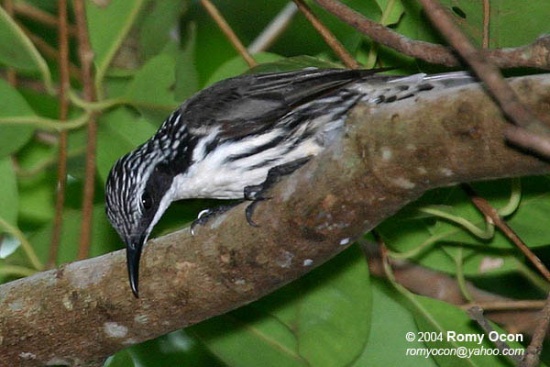
Rhabdornis mysticalis
TAXONOMY
Rhabdornis mysticalis Temminck, 1825. Two subspecies.
OTHER COMMON NAMES
English: Striped-headed creeper; French: Rhabdornis б tкte
striйe; German: Streifenkopf-Rhabdornis; Spanish: Trepador
Filipino de Cabeza Rayada.
PHYSICAL CHARACTERISTICS
The two subspecies of the stripe-headed rhabdornis vary somewhat
in size. Rhabdornis mysticalis mysticalis is 6.2 in (15.8 cm)
long and weighs about 3 oz (85 g). Rhabdornis mysticalis minor is
5.7 in (14.5 cm) long, at 2.75 oz (78 g).
The sexes are similarly colored, and males are larger than
females. Both subspecies have black bills, dark brown eyes,
and dark horn legs. Males have a blackish brown crown and
nape with numerous white streaks, a broad stripe through the
eye, while the face and the rest of the neck are blackish brown.
The female differs in having a lighter brown crown and face.
DISTRIBUTION
Philippine islands of Luzon, Negros, Panay, Masbate, Contanduenes,
Leyte, Mindanao, Samar, Basilan, Bohol, Calicoan, and
Dinagat.
HABITAT
Tropical forest from sea level up to 3,900 ft (1,200 m) above
sea level.
BEHAVIOR
Diurnal and quite active, in canopy and middle story of forests,
forest edges, and secondary growth in groups or in mixed
flocks of up to 25 individuals. At dusk, they may form large
roosting groups of several hundred individuals. The call is an
unmelodious, high-pitched “tsee tsee WICK tsee,” the “tsee”
notes very soft and the “WICK” sharp and loud.
FEEDING ECOLOGY AND DIET
Foraging and diet are like that of the other rhabdornis species,
with insects as main fare varied with nectar, fruit, and seeds.
REPRODUCTIVE BIOLOGY
Breeding biology is poorly known. The species is thought to
nest in tree cavities as does the stripe-breasted rhabdornis.
Enlarged gonads in March.
CONSERVATION STATUS
Not threatened.
SIGNIFICANCE TO HUMANS
None known.
Other popular Animals
Photo Gallery of - Stripe-headed rhabdornis
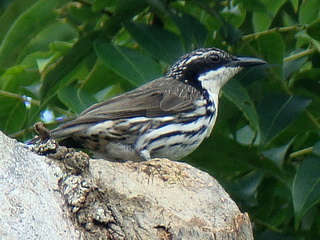
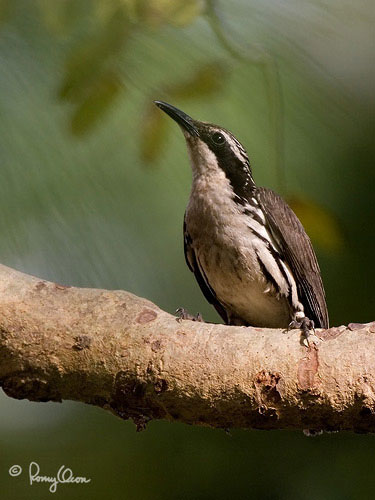
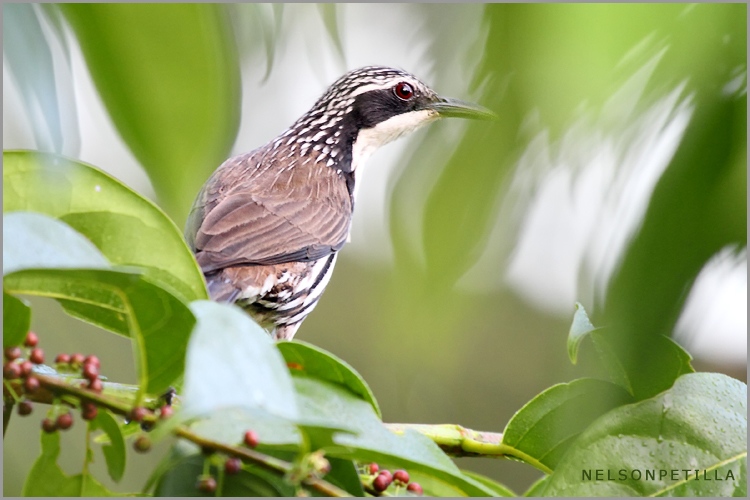
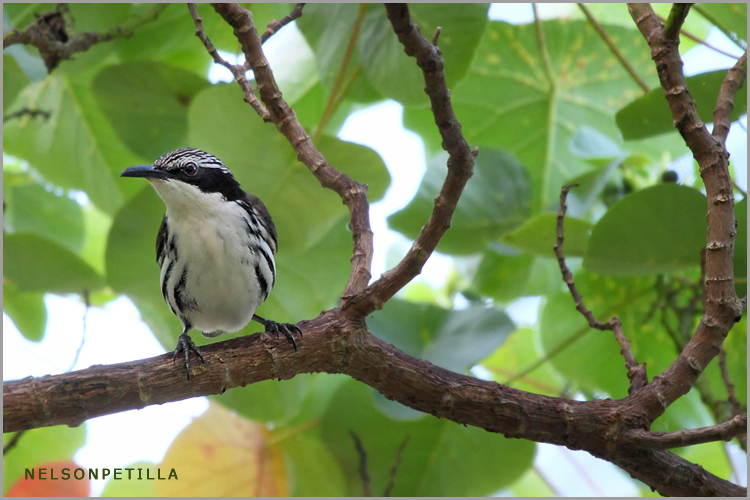
 Animalia Life
Animalia Life